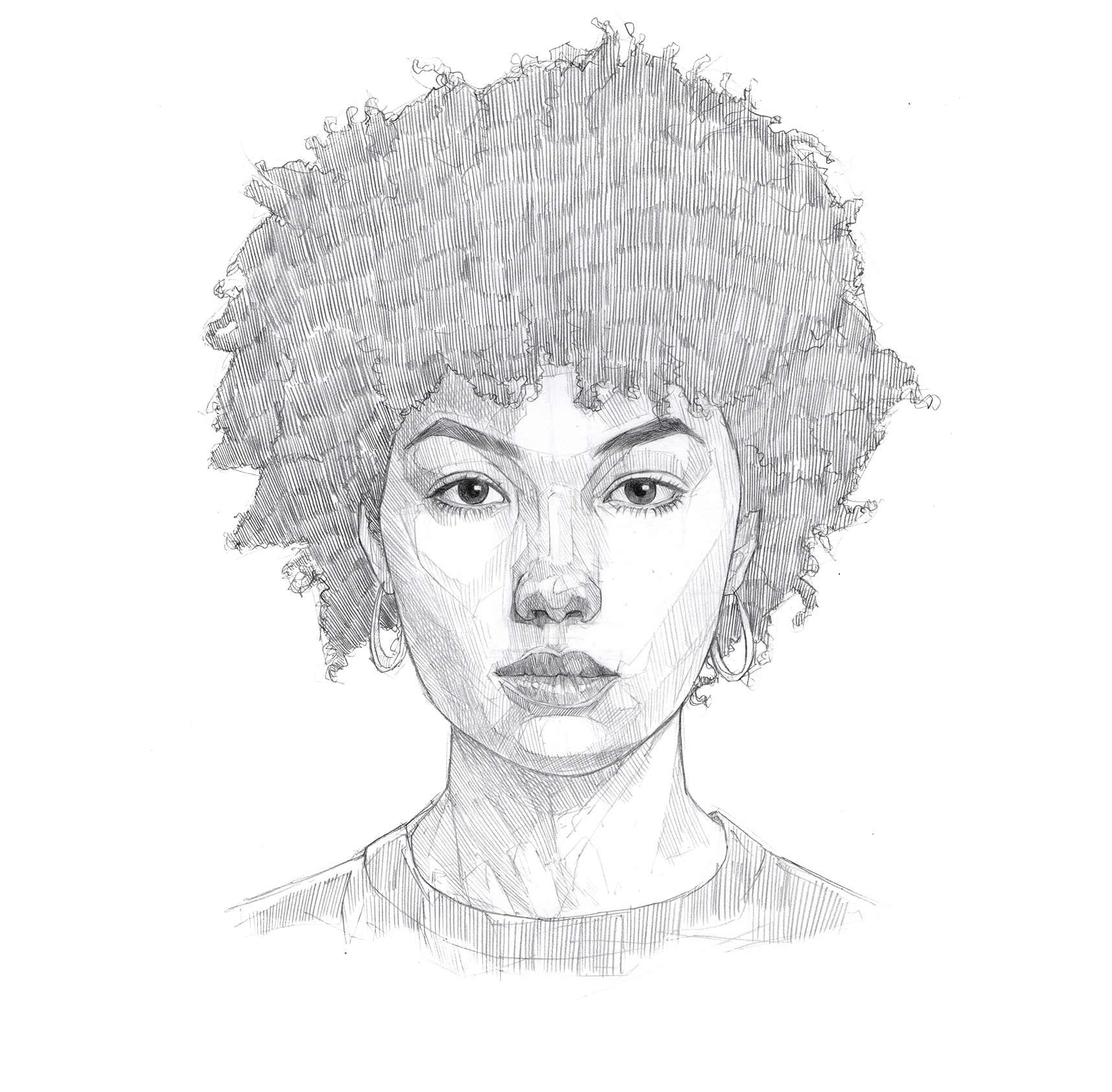Antiracism
What is Antiracism?
The Smithonian’s “Talking about Race” website describes anti-racism as follows:
- When we choose to be antiracist, we become actively conscious about race and racism and take actions to end racial inequities in our daily lives. Being antiracist is believing that racism is everyone’s problem, and we all have a role to play in stopping it. […] Being antiracist is different for white people than it is for people of color. For white people, being antiracist evolves with their racial identity development. They must acknowledge and understand their privilege, work to change their internalized racism, and interrupt racism when they see it. For people of color, it means recognizing how race and racism have been internalized, and whether it has been applied to other people of color.
- According to Kendi (2019), nobody is born racist or antiracist. We can become more antiracist, or more racist, over time. Even people who strive to be antiracist have moments of racism. Part of being antiracist is the ability to acknowledge those moments and use them as opportunities for personal growth (Kendi).
How does antiracism matter for university SV/SA policies and service provision?
Anti-racism is important when it comes to implementation of university SV/SA policies because of the many ways that racism and sexual violence are related. For example:
- Objectification of women of colour is an element of racism that increases the likelihood that women of colour will experience sexual violence. Researchers have noted objectification of Indigenous women (Pictou, 2019), Black women (Crenshaw, 1991, Duru, 2004), Asian women (Go, Go, & Lee-An, 2021) and Latina women (Clonan-Roy, 2019) as patterns in white-dominant society.
- At the same time, women of colour are less likely to be taken seriously when they disclose or report sexual violence (Crenshaw, 1991; Duru, 2004; Maynard, 2017).
- Men of African (Duru, 2004; Maynard, 2017) and of Arabic descent (Shepard, 2021; Mack 2017) have been imagined as sexually dangerous by white society.
- Duru (2004) writes about how this way of seeing Black men has been present since white people arrived on the African continent. He shows how presenting Black men in this way has been used to justify slavery, lynching, and wrongful incarceration.
- The examples above can also be thought about using intersectionality (Crenshaw, 1991).
- Participants in the CAPSAP study suggested that anti-racism is essential so that people of colour can trust service providers or investigators to respond to sexual violence adequately and fairly. Brodie’s (2021) short analysis of our African Nova Scotian Male-Identified focus groups focuses on this point.
- Anti-racism is part of Culturally Responsive and Healing-Centered practices, which are also approaches recommended by this website.

